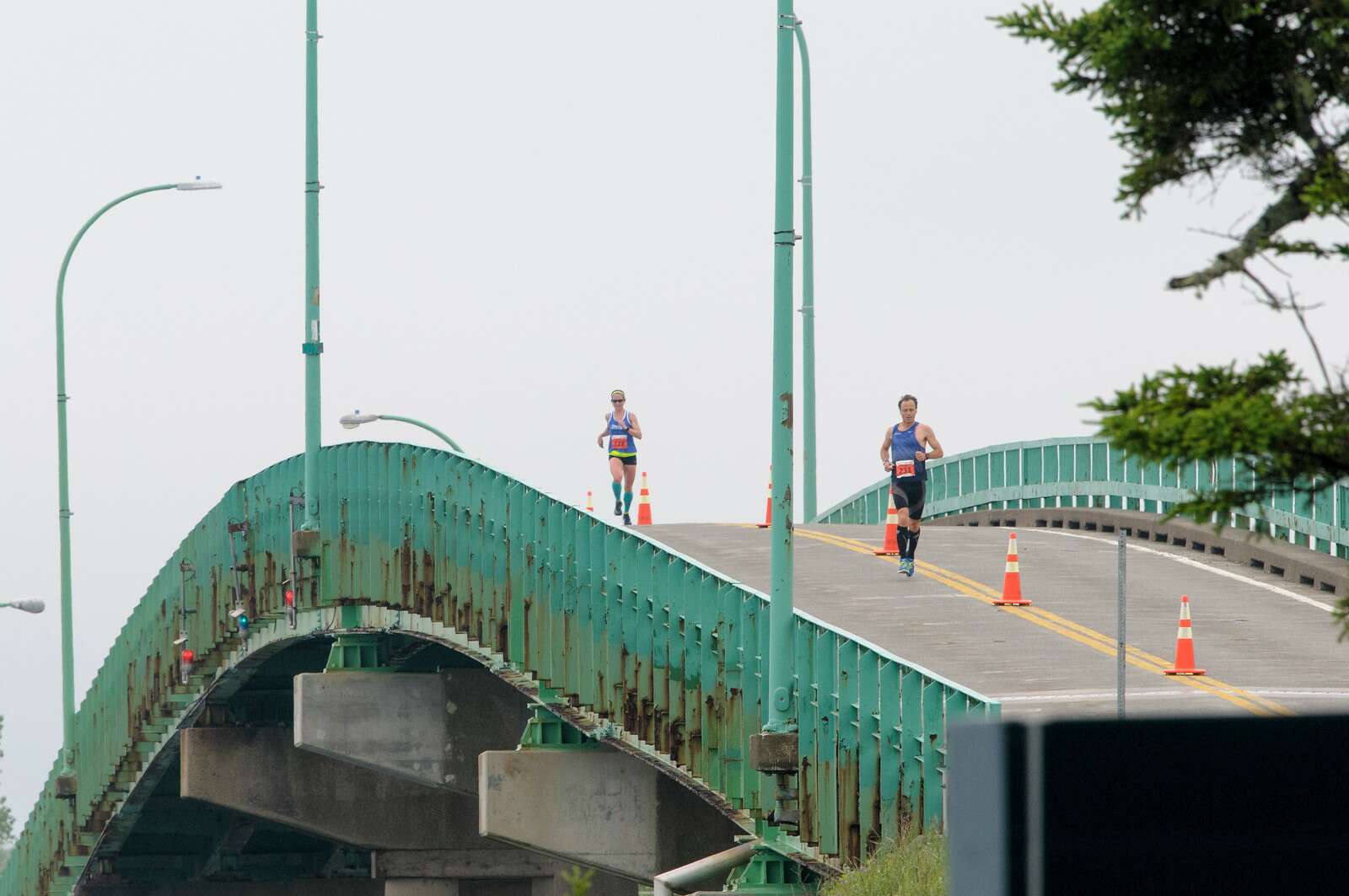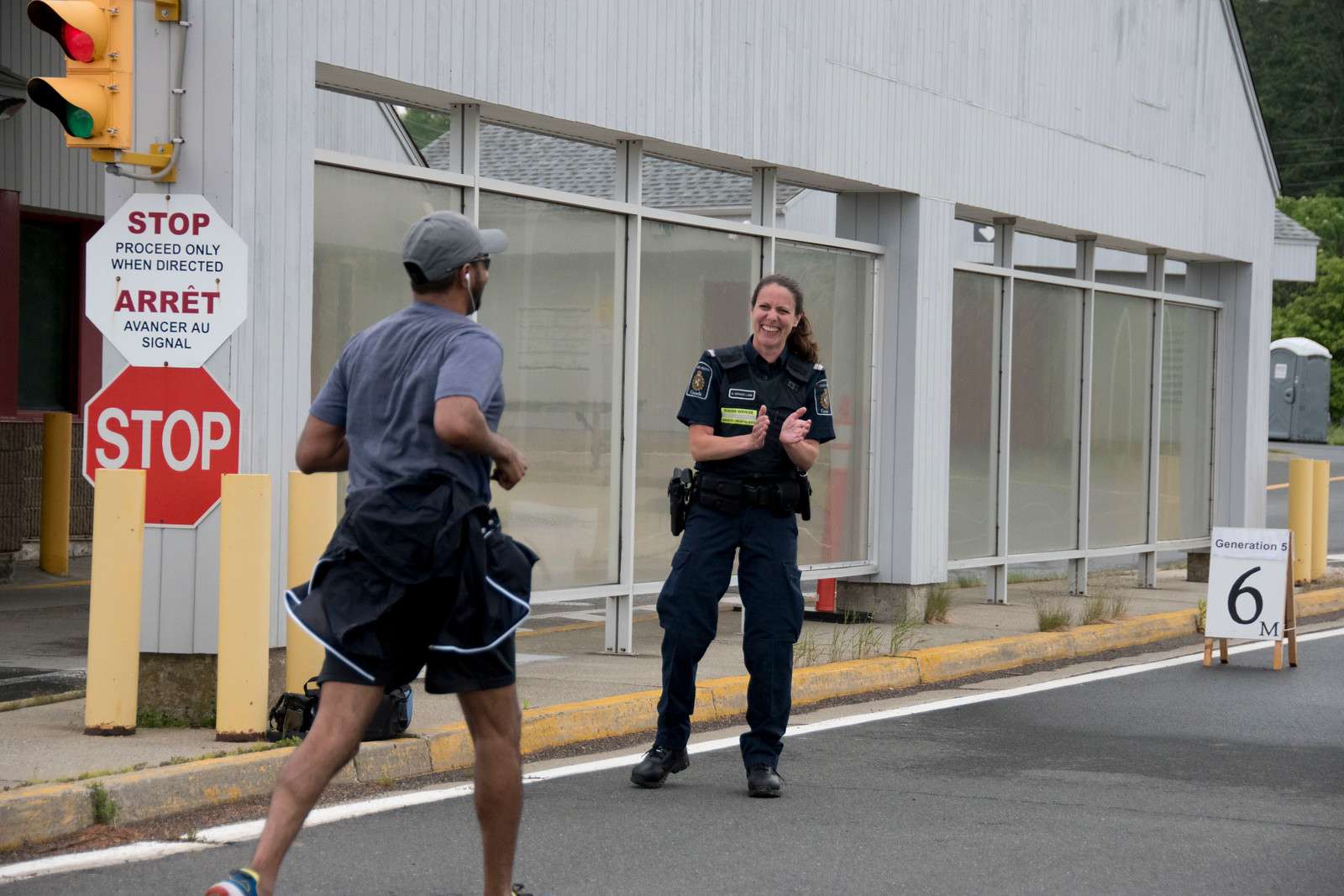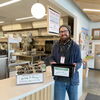
Processing Your Payment
Please do not leave this page until complete. This can take a few moments.
- News
-
Editions
-
- Lists
-
Viewpoints
-
Our Events
-
Event Info
- Women's Leadership Forum 2025
- On the Road with Mainebiz in Bethel
- Health Care Forum 2025
- On The Road with Mainebiz in Greenville
- On The Road with Mainebiz in Waterville
- Small Business Forum 2025
- Outstanding Women in Business Reception 2025
- On The Road with Mainebiz in Bath
- 60 Ideas in 60 Minutes Portland 2025
- 40 Under 40 Awards Reception 2025
- On The Road with Mainebiz in Lewiston / Auburn
- 60 Ideas in 60 Minutes Bangor 2025
Award Honorees
- 2025 Business Leaders of the Year
- 2024 Women to Watch Honorees
- 2024 Business Leaders of the Year
- 2023 NextUp: 40 Under 40 Honorees
- 2023 Women to Watch Honorees
- 2023 Business Leaders of the Year
- 2022 NextUp: 40 Under 40 Honorees
- 2022 Women to Watch Honorees
- 2022 Business Leaders of the Year
-
-
Calendar
-
Biz Marketplace
- News
- Editions
- Lists
- Viewpoints
-
Our Events
Event Info
- View all Events
- Women's Leadership Forum 2025
- On the Road with Mainebiz in Bethel
- Health Care Forum 2025
- On The Road with Mainebiz in Greenville
- On The Road with Mainebiz in Waterville
- + More
Award Honorees
- 2025 Business Leaders of the Year
- 2024 Women to Watch Honorees
- 2024 Business Leaders of the Year
- 2023 NextUp: 40 Under 40 Honorees
- 2023 Women to Watch Honorees
- 2023 Business Leaders of the Year
- + More
- 2022 NextUp: 40 Under 40 Honorees
- 2022 Women to Watch Honorees
- 2022 Business Leaders of the Year
- Nomination Forms
- Calendar
- Biz Marketplace
Bay of Fundy marathon is an economic boon downeast
 Courtesy / Bay of Fundy International Marathon
Residents line Water Street in Lubec for the finish in 2018.
Courtesy / Bay of Fundy International Marathon
Residents line Water Street in Lubec for the finish in 2018.
The Bay of Fundy International Marathon and Races has been a popular event and economic boon to Lubec and Campobello Island, and the surrounding region, since it began in 2013.
The seventh annual event is coming up June 23. The marathon runs across the U.S.-Canada border. A 10K is also organized alongside the marathon. The 10K takes place entirely within Lubec. There is also a half-marathon and an ultra-marathon. Other activities include a pre-race outdoor lobster bake, Fun Run, street fair and post-race dance party on the waterfront.
Runners must have passports or other travel documents, but are pre-cleared by the border agencies during the registration process and can run through the borders without stopping using their chipped bibs.
Runners have raised over $25,000 for local food banks, schools and other beneficiaries.
Given Lubec’s year-round population of 1,300 and Campbello’s of 1,000, the crowd of runners plus family, friends and race viewers typically outnumber residents on race weekend.
Campobello and Lubec are small, isolated communities on the western side of the entrance to the Bay of Fundy, linked by the international Roosevelt-Memorial Bridge.
Local restaurants get extremely crowded on the Saturday night before the race. Lodging also becomes scarce.
Kitchen-table plan
Maureen Lord, the marathon’s U.S. chair, said the marathon was the brainchild of a Lubec resident, Katherine Cassidy.
“It was a few people gathered around a kitchen table, from both the U.S. and Canadian sides,” Lord said. “We pulled together a few ideas to see what might happen.”
They found a local marathoner, John Hough, who offered to help put it together, and was soon appointed race director.

“The idea was to try to bring people to the community, help out businesses, make people aware of our area,” said Lord. “The bonus is it promotes a healthy and active lifestyle.”
Lubec and Campobello are critical to each other, as far as the people who pass through each community, she explained.
“We hope they’ll stop in Lubec on their way to Campobello and we hope they’ll go to Campobello if they come to Lubec,” Lord said.
Hough, a runner, moved to the area from New York City.
“I came into the area wanting to do more physical activities, including a lot more running,” he said. “If there was going to be a marathon I thought, ‘Yeah, I can help out and also run in it.’”
The marathon is an over-and-back course, and one thing runners say is that it’s friendly, Hough said.
The marathon starts at West Quoddy Head, the most easterly point in the U.S., then goes over the international bridge and across the full length of Campobello to East Quoddy Head, then back across bridge to Lubec.
Across the four main events – the marathon, half-marathon, ultra-marathon and 10K – there were 550 finishers in 2018, out of about 700 starters.
“Every runner brings 1.1 additional people with them, based on our surveys,” Hough said. “So that’s 2,000 people coming into the communities, exceeding our resident populations.”
Honoring the Boston Marathon
The inaugural event in 2013 drew 750 starters.
“It was a big deal from the start,” said Hough. “The first year was the year of the bombing of the Boston Marathon. The reactions of runners across the United States was to show solidarity with the Boston Marathon. Our event was right after the bombing. So we had a surge of runners coming in at the last minute in May.”

“But even initially, before the bombing, we had more people than we thought we would,” added Lord. “We thought if we had 100 people we’d be excited.”
The event has brought around 700 runners annually since then.
Arrangements to allow the runners to cross the border without passports were straightforward, said Hough. “Both of the border agencies were very supportive,” he said. “There are three other major marathons that cross the U.S./Canada border. The runners run with electronic chips and they’re recorded when they cross the border. The chips are matched with their passports.”
“The border guards on both sides are wonderful,” added Lord. “They come out and cheer for the runners and high-five them.”
The half-marathon was added four years ago and has become event’s fastest growing race.
Advertising has mostly been through online race listings, social media, word-of-mouth and paid ads in several running magazines in the U.S. and Canada, said Hough.
They also designed an attractive race T-shirt.
“The best ad is having our runners running other races wearing our T-shirts,” he said. “For example, at the Boston Marathon, I saw some racers wearing them.”
Runners have come from 30 countries. The majority are from the U.S. and Canada, followed by many countries in Europe, along with New Zealand, Taiwan, China, Japan, the Phillippines, India, Australia, Russia, Colombia, Peru, South Africa, Iceland and more.
The race website maintains a list of lodgings and eateries. There’s no economic data geared specifically around the event’s impact. But there’s anecdotal evidence of the benefits to area businesses.
“We have B&Bs, hotels – although no large chain hotels – inns, campgrounds, cabins,” said Lord. “They stay in Lubec, Campobello and outlying communities. The majority stay as close as they can. But we’ve spread further into Washington County.”
A number of local residents also list their accommodations on Airbnb, Couchsurfing, Home Away Vacation Rentals, VRBO and Visit Lubec, according to the website.
Runners use the local restaurants as well.
“That’s part of what we hoped for, to help the businesses,” said Lord. “People spend money while they’re here. They used to come and then leave. But now they’re staying two or three nights on average. Many are staying longer. They’ll plan a week here. The race is the fourth Sunday in June, so often it leads into Fourth of July festivities. And they love the area, so we’ve had many repeats who come back and bring their families.”









0 Comments